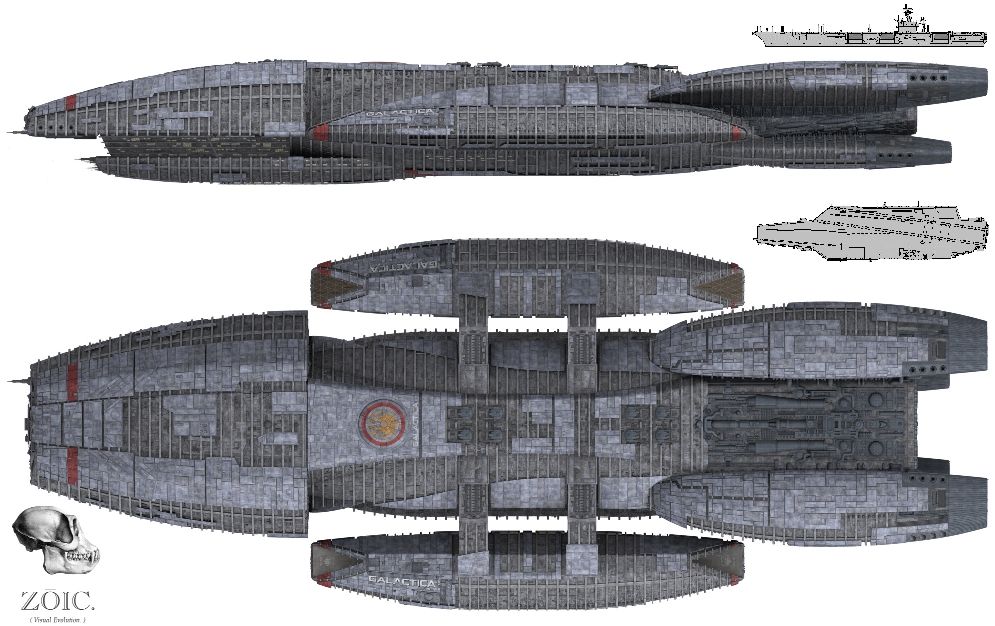User:Spaluch/Aircraft carrier
An aircraft carrier is a seagoing airbase designed with the primary purpose of scaring the shit out of hostile countries. They allow naval forces to expand their air power to support wars abroad, as well as providing ample opportunities for seamen to videotape supersonic flybys for later uploading to Youtube. They are host to thousands of Sailors and Marines, of whom endure months floating around the world's oceans, spending most of their time watching badass aircraft launches, sunsets, and masturbating into a sock.
Brief history[edit | edit source]
Aircraft carriers were first introduced in the Lelantine War, when the ancient Greek state Chalcis launched killer pigeons from the Hellenic vessel Θαλάσσης to attack Eretria, marking the first time a wooden ship was utilized in battle. They were also widely used in the Sicilian wars of 600 BC to launch the infamous Tyrrhenian Balloon Assault, as well as the Frisian-Frankish wars, which culminated in the pacification of the Felchers by Charles the Great.
World War II witnessed the first large scale use of aircraft carriers. They were deployed in large numbers by the US Navy and saw great success in defeating Japanese forces in the Pacific, but were prone to spontaneously exploding into flames due to malfunctioning missiles fired by their own aircraft.
Today[edit | edit source]
Probably the most recognized aircraft carrier today is known as a "Nimitz-class" carrier, which is characterized by a sprawling flight deck topped with a large superstructure, and are powered by the egos of the captains who command them. These are the some of the largest ships in the world, most of which possess their own zip code, and displace roughly the equivalent of four Rosie O'Donnells of water.
Nicknamed the 'runways at sea,' these carriers feature a flight deck in which the aircraft taking off crash in front of the ship and, when landing, spread debris and burning jet fuel from the direction of the rear of the vessel. The forward motion of the vessel provides a net gain in airspeed for the aircraft taking off, and also makes landing more challenging than programming a VCR. A steam-powered catapult is often used to propel aircraft with enough acceleration to provide a shorter than normal takeoff distance, similar to the one used by Michael Jordan to win the NBA slam dunk contest in 1987 and 1988.

